
Earlier this month, Islamic State concluded its “Vengeance for the Two Sheikhs” campaign, referring to the killing of its former caliph Abu Bakr al-Baghdadi and spokesperson Abu al-Hassan al-Muhajir in late October in U.S. airstrikes in northern Syria.
In the 215th issue of its newsletter al-Naba, which was released on January 2, ISIS described the operation as part of “long war of attrition” and claimed to have carried out 138 attacks during the campaign. These, according to ISIS, resulted in the killing and wounding of 355 people, as well as the targeting of 51 vehicles.
In one notable attack, ISIS claimed to have killed 13 Syrian Arab Army soldiers and detained two others in an assault on the al-Hail oil field in Hama province. Other notable attacks include the firing of nine Katyusha rockets at a U.S. base in Hasakah province’s al-Shadadi area, as well as eight projectiles fired at the Syrian Democratic Forces-held al-Omar Oil Field in eastern Deir Ezzor Province.
Similarly to the Vengeance for al-Sham campaign, which followed the loss of ISIS’s territory in Syria last March, the recent operations are meant to project resilience in the face of the killing of two prominent and influential leaders. The targeting of oil fields, American interests, and Russians, as well as the use of rockets – an uncommon occurrence over the past months – particularly serve this aim as it could further elevate the jihadist organisation’s status in the eyes of its supporters and fighters.
However, the fact that Baghdadi died in October and the campaign was launched only in late December begs the question of what took ISIS so long. Intuitively, the long period between the killing of Baghdadi and Muhajir and the “Vengeance for the Two Sheikhs” operations point to weakness and incompetence.
That said, the fact that the frequency of assaults has largely remained unchanged after Baghdadi’s death contradicts this assumption. Instead, the long time period should be seen as showing the competence of new leader Abu Ibrahim al-Hashimi al-Qurashi, as he was able to maintain the group intact and unified, despite the loss of its two most-prominent commanders.
Furthermore, that the new leader was seemingly able to preside over, as well as possibly coordinate, a new large-scale “campaign” that ran through its affiliates across the globe may serve as another indication of his capacity to control the organization. This is backed by unconfirmed reports in recent weeks regarding the new leader’s implementation of strict information security policies among the group’s members, potentially motivated by the increasing crackdown in recent months by Europol on its linked accounts on the messaging service Telegram. This appeared successful, as the group was able to launch operations without them being detected beforehand.
Interestingly, in the same edition of al-Naba, the group dedicated a short piece praising its media wing, such as through its Amaq propaganda agency, under the title “The knights of the media have a share in the Vengeance,” referring to the current Vengeance for the two Sheikhs Campaign. The piece applauded the media wing’s reports and photos from the campaign, including the grotesque execution of 11 Christians in Nigeria, which was described as a “message to the crusaders.”
Coupled with the strict information security policies, this could suggest that the new caliph is media/propaganda-oriented, and perhaps has a deeper understanding of the importance of such tools. Indeed, during the campaign, its various media outlets were able to publish images from operations, such as inside al-Hail oil field of and the two weapons seized from two Russian soldiers killed in southern Syria, which could be seen as more difficult to obtain, given the challenges of the battlefield conditions.
Finally, the situation on the ground in Syria and Iraq may have further contributed to the campaign’s success and assisted the resurgence of the Sunni jihadist militant group.
The continued tensions in northern Syria, namely hostilities around the Idlib enclave and the Turkish operations against the SDF, have led ISIS’s rivals, such as pro-regime fighters and Kurdish forces, to deploy troops to the frontlines. This could benefit the jihadist group in other parts of the country, such as the Syrian desert, the hinterland of the Kurdish-held territories in Hasakah, Deir Ezzor and Raqqa provinces, as well as in southern Syria.
In Iraq, popular protests in recent months, coupled with the ongoing tensions between Iran and the U.S., may have led to the redeployment of Hashd al-ShaabI (Popular Mobilization Units) militias from northern and western Iraq, where ISIS is strongest to its central and southern region.
These developments may enable ISIS fighters to operate more freely in northern and western Iraq: al-Hashimi’s organization claimed 63 attacks in Iraq and 95 in Syria during November, compared to 135 acts in Iraq and 124 in Syria in December.
Asaf Day is a Middle East and North Africa geopolitical analyst at a private security-consultancy firm. His areas of expertise include Syria, Israel, and the Palestinians, as well as global jihad organizations.
Asaf has an MA Degree in Arabic Studies and a BA in Middle Eastern Studies. In addition to English, Asaf speaks fluent Hebrew and Arabic, as well as Turkish and French to a lesser degree.
All views and opinions expressed in this article are those of the author, and do not necessarily reflect the opinions or positions of The Defense Post.
The Defense Post aims to publish a wide range of high-quality opinion and analysis from a diverse array of people – do you want to send us yours? Click here to submit an Op-Ed.


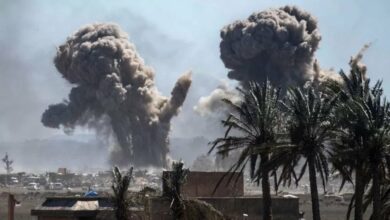
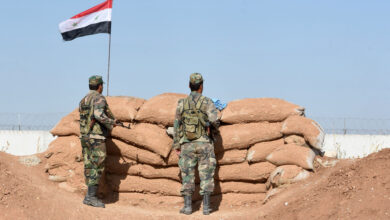
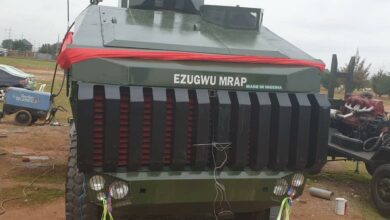
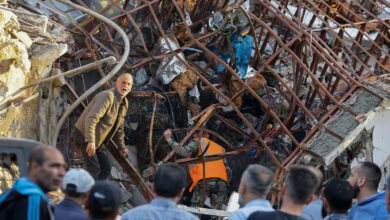

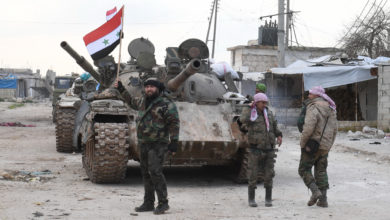
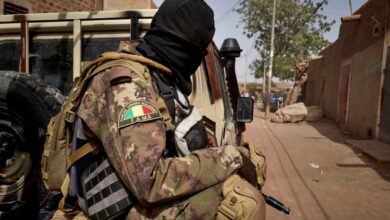

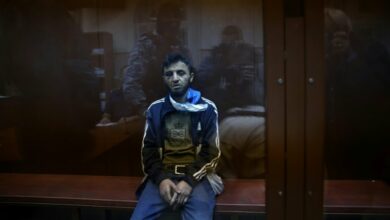
One Comment